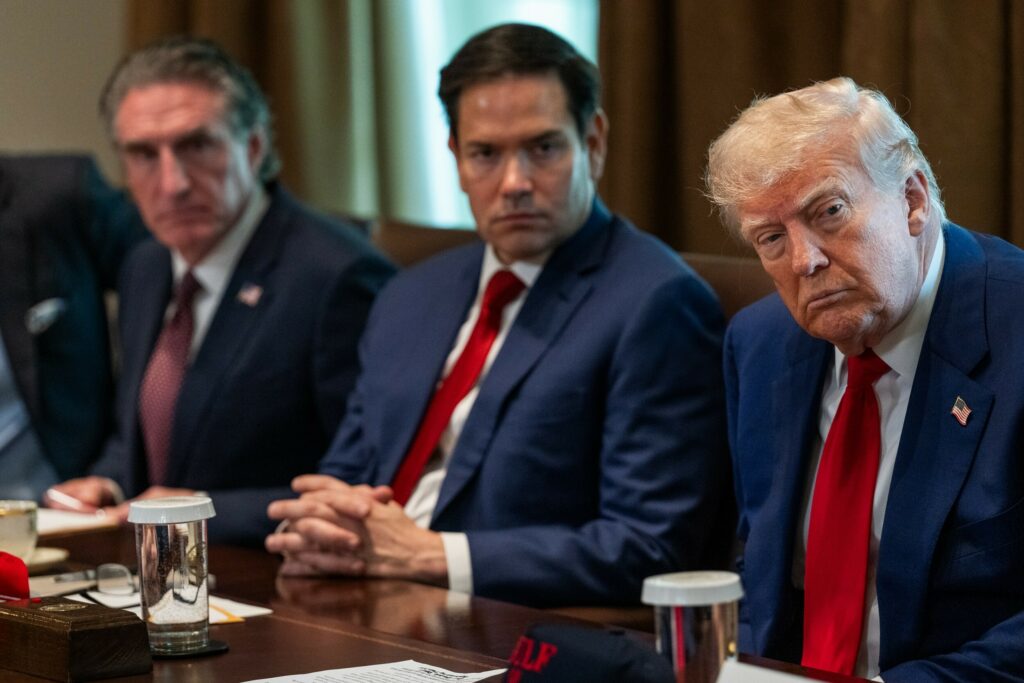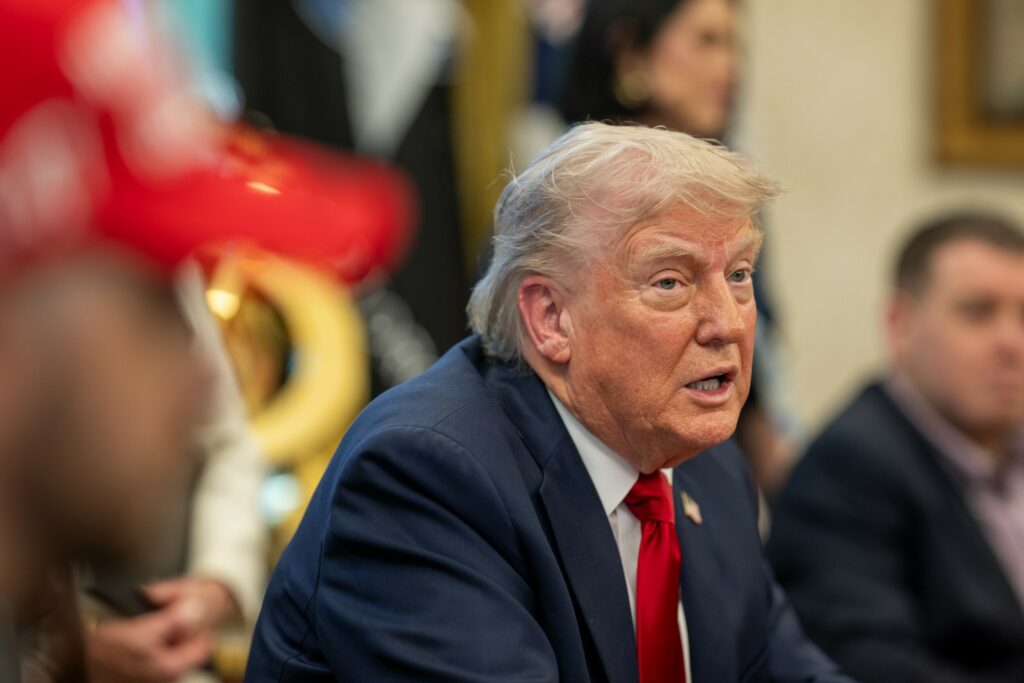Trump Tariffs Revisited

The United States Court of International Trade recently made waves by throwing out the majority of former President Trump’s comprehensive tariffs. These tariffs, which had a sweeping global reach, were found to overstep the authority granted under the International Emergency Economic Powers Act of 1977 (IEEPA). The court’s decision spotlighted that the U.S. Constitution specifically grants Congress the power to handle the imposition of taxes and duties, not the president.
Court Ruling

In a detailed ruling, the court articulated that Trump’s actions were beyond the IEEPA’s allowances, essentially curbing the extent of presidential power in regulating international commerce in such a broad manner. These tariffs had affected goods from nearly every country, spreading even as far as uninhabited islands, prompting the court to invalidate them. However, the 25% tariff on imported cars and parts remains, as it was justified using a different legal framework, namely the Trade Expansion Act of 1962.
What Remains

Despite the court’s sweeping decisions, certain tariffs persist, primarily those targeting the automotive industry. The 25% import tariff on foreign cars and parts stands firm. This maintains pressure on global car manufacturers who wish to sell in the U.S. Moreover, similar tariffs on steel and aluminum sourced internationally continue to influence prices and production costs for automakers in the domestic market.
Potential Impact
These tariffs have mixed implications for both consumers and manufacturers. On one hand, they encourage domestic production, potentially boosting American industries. On the other, they likely increase prices for consumers who favor imported vehicles. For automakers, the increased costs for imported parts can lead to higher car prices, affecting competitiveness and profit margins.
The Road Ahead
As expected, the Trump administration has filed an appeal, and the issue is on track to reach the Supreme Court. This escalates the matter, as a definitive ruling will be required on what balance of power exists between Congress and the president regarding international tariff authority.
Driving Experience Compared
Shifting gears from legal matters, how might all this impact the driving experience? Consider a typical imported sedan and a comparable domestic model, each subject to these tariffs. With increased costs from tariffs, manufacturers may cut corners on imports or choose to emphasize stronger features on their domestic lines. These changes can alter the driving experience, with consumers potentially noticing differences in handling, technology, and overall performance depending on how stakeholders choose to allocate resources.
In conclusion, while the court’s decision represents a significant shift in the legal landscape regarding tariffs, the remaining levies on cars could still affect car choices and ownership costs. As the saga continues, all eyes will be on the Supreme Court for a resolution that might redefine both economic and automotive markets in the United States.
“`
This post delves into the recent decision by the United States Court of International Trade, offering a concise summary of the rationale behind the invalidation of Trump’s global tariffs and a spotlight on the remaining automotive-specific tariffs. It introduces potential effects on consumers and manufacturers, while also venturing into how these economic changes might influence the driving experience.
New PA Driving Law
2026 Cherokee Revealed
BMW M5 Touring Shines
Civic's Pricey Appeal
Tesla's Robotaxi Trial